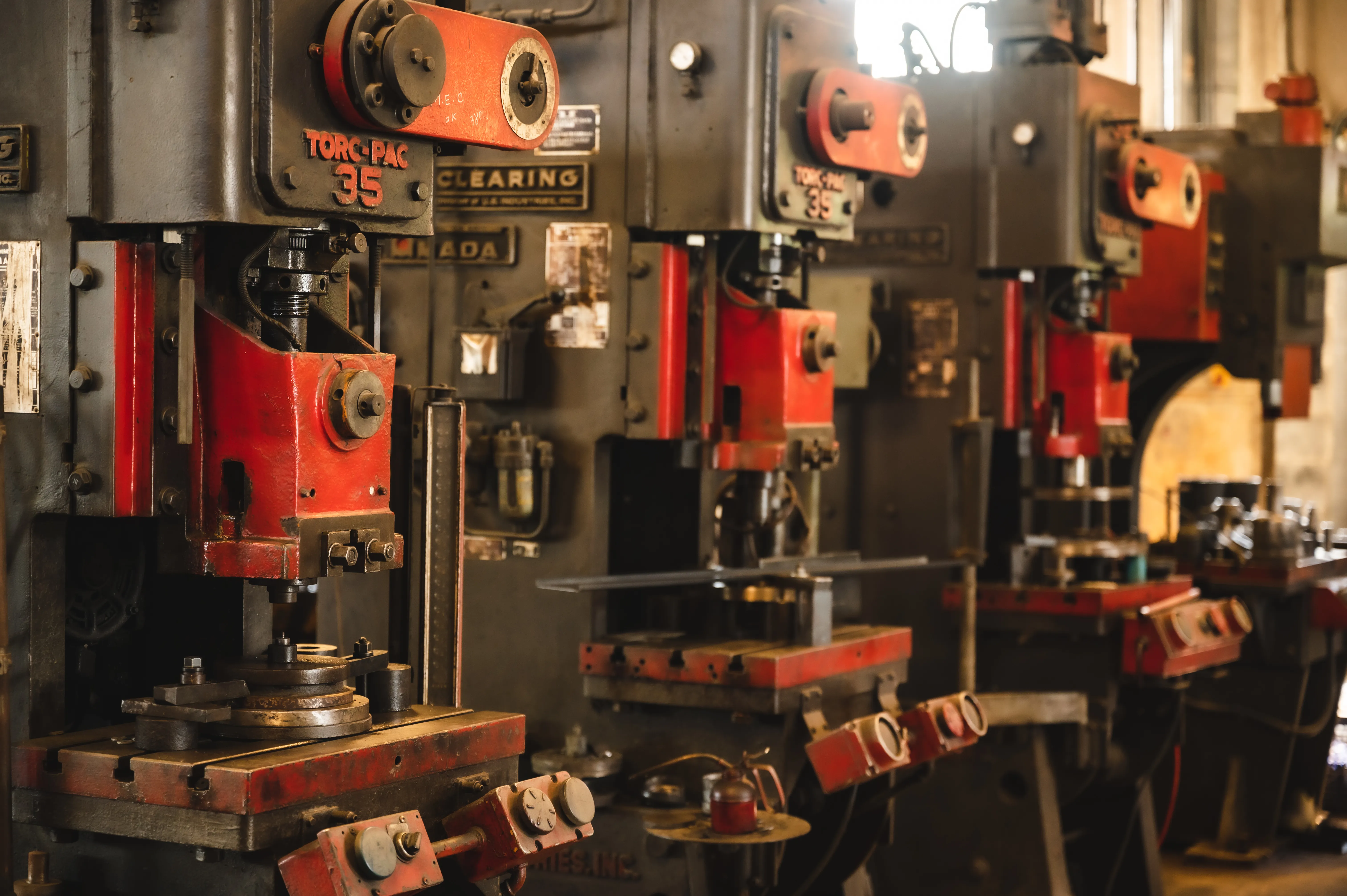Deep drawing machines play a critical role in the metalworking and manufacturing industry, especially in processes requiring the formation of sheet metal into cylindrical or box-shaped components with deep walls. These machines leverage hydraulic or mechanical force to form flat sheets of metal into complex and precise shapes, such as cans, containers, cookware, automotive parts, and aerospace components. In this article, we explore the types, working principles, components, and applications of deep drawing machines, providing insights for experts like food consultants, food processing consultants, and food manufacturing consultants.
Types of Deep Drawing Machines
- Hydraulic Presses: Ideal for high-volume production and large parts, hydraulic presses apply substantial pressure to metal sheets.
- Mechanical Presses: Best suited for lower-volume tasks, mechanical presses deliver force with high precision through a mechanical linkage.
- Servo-Driven Presses: These presses utilize sophisticated control systems offering exceptional accuracy and repeatability.
Working Principles of Deep Drawing Machines
The process begins by securing a flat sheet of metal with a blank holder or draw ring. Then, the punch—also known as the male die—descends into the die cavity, exerting pressure to mold the metal into the desired shape. This methodology leverages both pressure and tension, allowing for elongation and thinning of the metal as it is drawn into the cavity.
Major Components of Deep Drawing Machines
- Blank Holder: Secures the sheet metal, influencing the force applied during the shaping process.
- Die Cavity: Customizable in shape and depth to accommodate various complex designs.
- Punch: Applies force to mold the metal, available in different shapes and materials.
- Press Frame: Supports machine components, engineered to endure high forces.
- Hydraulic System: Powers hydraulic presses, comprising a pump, cylinders, and control valves.
- Servo Motor: Found in servo-driven presses, offers precise force and speed control.
- Control Panel: Allows operators to manage and track the process through an interface.
Industrial Applications of Deep Drawing Machines
Deep drawing machines are essential tools within the manufacturing sector, noted for their precision and consistency in producing intricate parts. Expert food engineering consultants and those involved in food technology consulting can appreciate the automation and high-volume capabilities of these machines, relevant to both food industry consultants and food plant engineering.
Leading Manufacturers of Deep Drawing Machines
- Schuler AG
- Feintool International AG
- Beckwood Press Company
- Sodick America Corporation
- AIDA Engineering Ltd.
- Yamada Dobby Ltd.
- Chin Fong Machine Industrial Co. Ltd.
Conclusion
Deep drawing machines are integral to achieving precise and efficient metalwork in manufacturing. Their versatility and advanced capabilities align with the needs of varied sectors, including the vast landscape of food factory design and food processing plant construction. By understanding their mechanisms, types, and components, industry professionals such as food business consultancy experts and food manufacturing engineers can optimize production processes across different domains.
 PMG stands for Projects Management Group. We provide state-of-the-art Engineering Services to build world-class food processing factories.
PMG stands for Projects Management Group. We provide state-of-the-art Engineering Services to build world-class food processing factories.  Engineering is the difference between Chaos and Excellence. If you are going to do it, do it right.
Engineering is the difference between Chaos and Excellence. If you are going to do it, do it right.  Explore the diverse range of Products in the Food Processing Industry.
Explore the diverse range of Products in the Food Processing Industry.  Explore the technologies at the heart of the the Food Processing Industry.
Explore the technologies at the heart of the the Food Processing Industry. 


 Back
Back 



